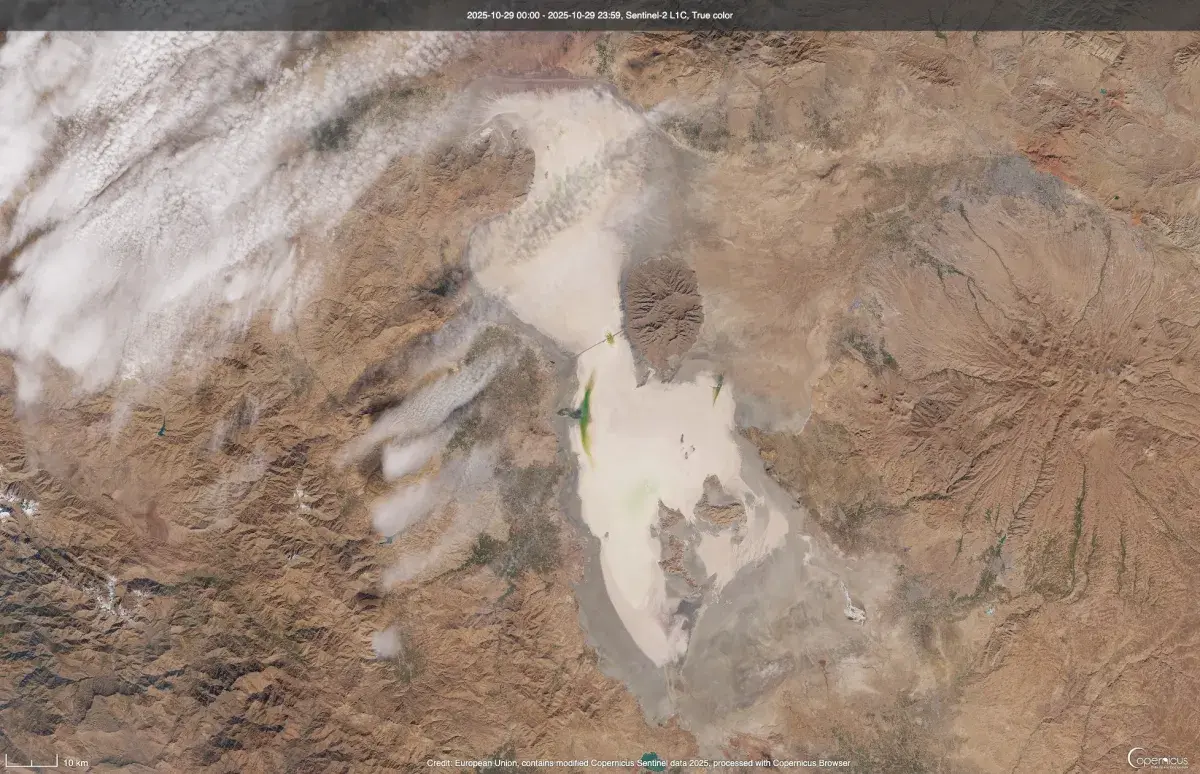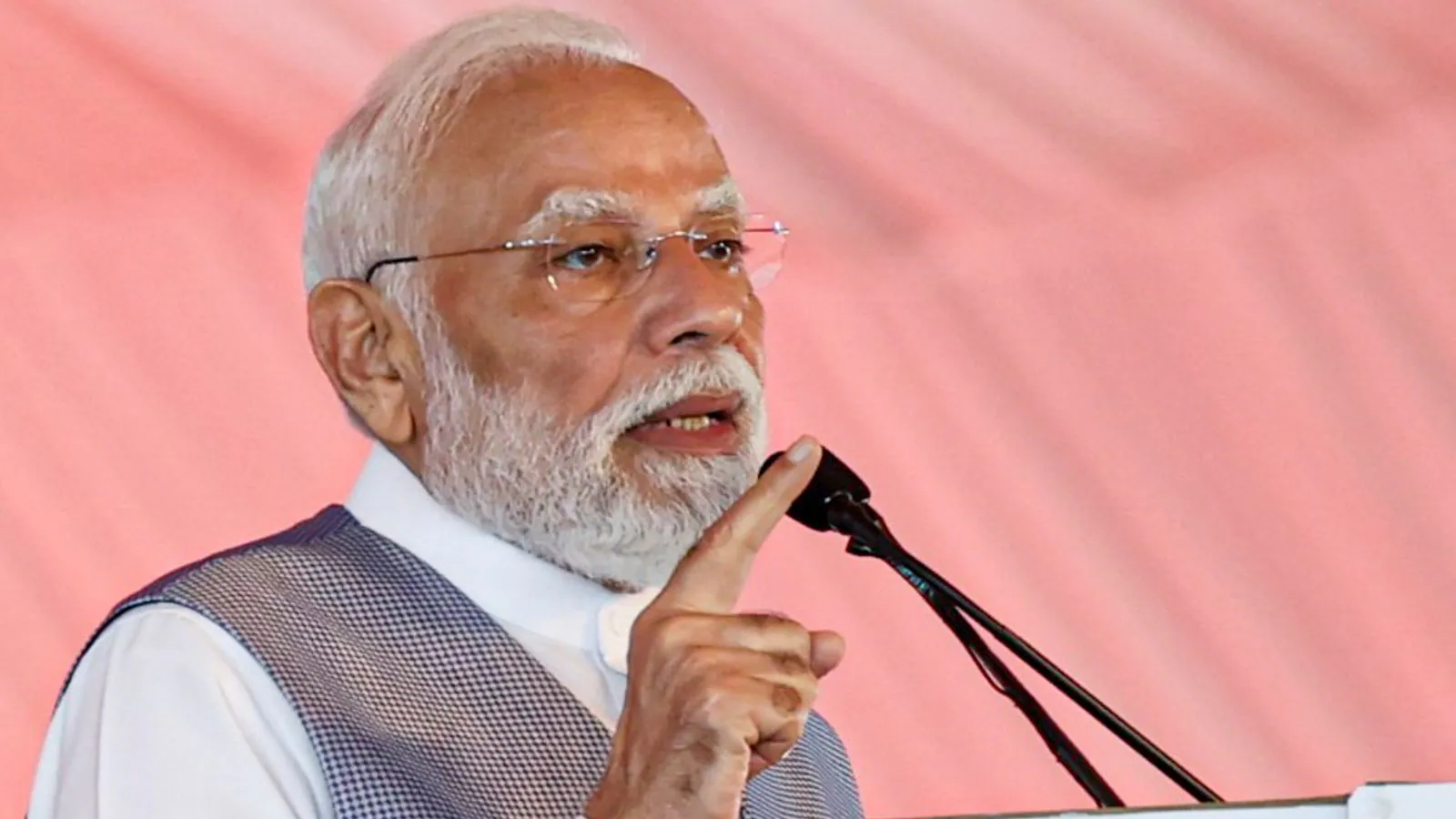Copyright Newsweek

Iran’s deepening water crisis has taken a dramatic turn, as mounting tensions with Afghanistan over dam projects converge with the near-total collapse of Lake Urmia and growing fears of a humanitarian disaster. Tehran’s accusations that Kabul is violating water-sharing agreements, coupled with the drying of what was once the Middle East’s largest lake, spotlight a nation on the brink of environmental catastrophe and regional instability. Newsweek has contacted Iran's foreign minister for comment. Why It Matters The unfolding crisis underscores how scarcity and mismanagement of water resources can exacerbate existing political and social divisions across a volatile region. Iran’s water woes are no longer simply a domestic issue as they threaten to spill across borders—fueling migration, food insecurity and potential conflict over dwindling shared resources. What To Know On Friday, a senior Iranian official accused Afghanistan of blocking water flow through dam projects that violated existing treaties. Kazem Gharibabadi, Iran’s deputy foreign minister, said Tehran was receiving “far less water than the amount guaranteed under the Helmand River Treaty.” He added that “some dam construction projects in Afghanistan have reduced the flow of water toward Iran,” emphasizing that the two nations may need “a new legal framework” to manage the river. The Helmand has long been a flash point between the neighbors, with both drought and politics shaping the dispute. Taliban officials have yet to respond to the latest Iranian claims, maintaining that water shortages are due to climate conditions rather than diversion. Lake Urmia’s Revival Falters In northwestern Iran, the once-vast expanse of Lake Urmia has shrunk to a fraction of its former size, losing more than 95 percent of its water because of drought, dam-building and overpumping. Rouhollah Motafakker Azad, a member of parliament’s presiding board, warned that the lake was “turning into a salt mine,” cautioning that dust from the exposed lake bed could travel as far as 500 kilometers, endangering agriculture and public health. The latest imagery from the European Space Agency’s Sentinel-2 satellites shows the lake reduced to a sliver of water, underscoring the lake’s ongoing ecological collapse. Iranian President Masoud Pezeshkian has since acknowledged that the lake has “effectively dried up,” threatening more than 15 million people across Iran’s northwest. During a tense meeting with lawmakers, he said, “The truth is that the rate of rainfall has decreased. … In Urmia province alone there are three rivers that used to have continuous water flow. Now the climate has changed and due to the drought, the rivers have no water left.” Critics such as lawmaker Salman Zaker, however, accuse the government of diverting the very water meant for the lake’s revival. Zaker said that over 300 million cubic meters of water from the Jaghatu and Tatahu rivers—crucial to Urmia’s survival—were being transferred to other provinces. He said mismanagement, not only drought, lay at the heart of the disaster. What Happens Next Iran faces a pivotal moment in its water crisis, requiring urgent reforms in consumption, irrigation and infrastructure as well as the exploration of alternative supplies through desalination and imports. Diplomacy is critical to resolve disputes such as the Helmand River conflict, while the government must manage human and economic effects—such as shrinking harvests and salt-dust health risks. The crisis threatens food security, regional stability and migration, making international aid and partnerships vital.



